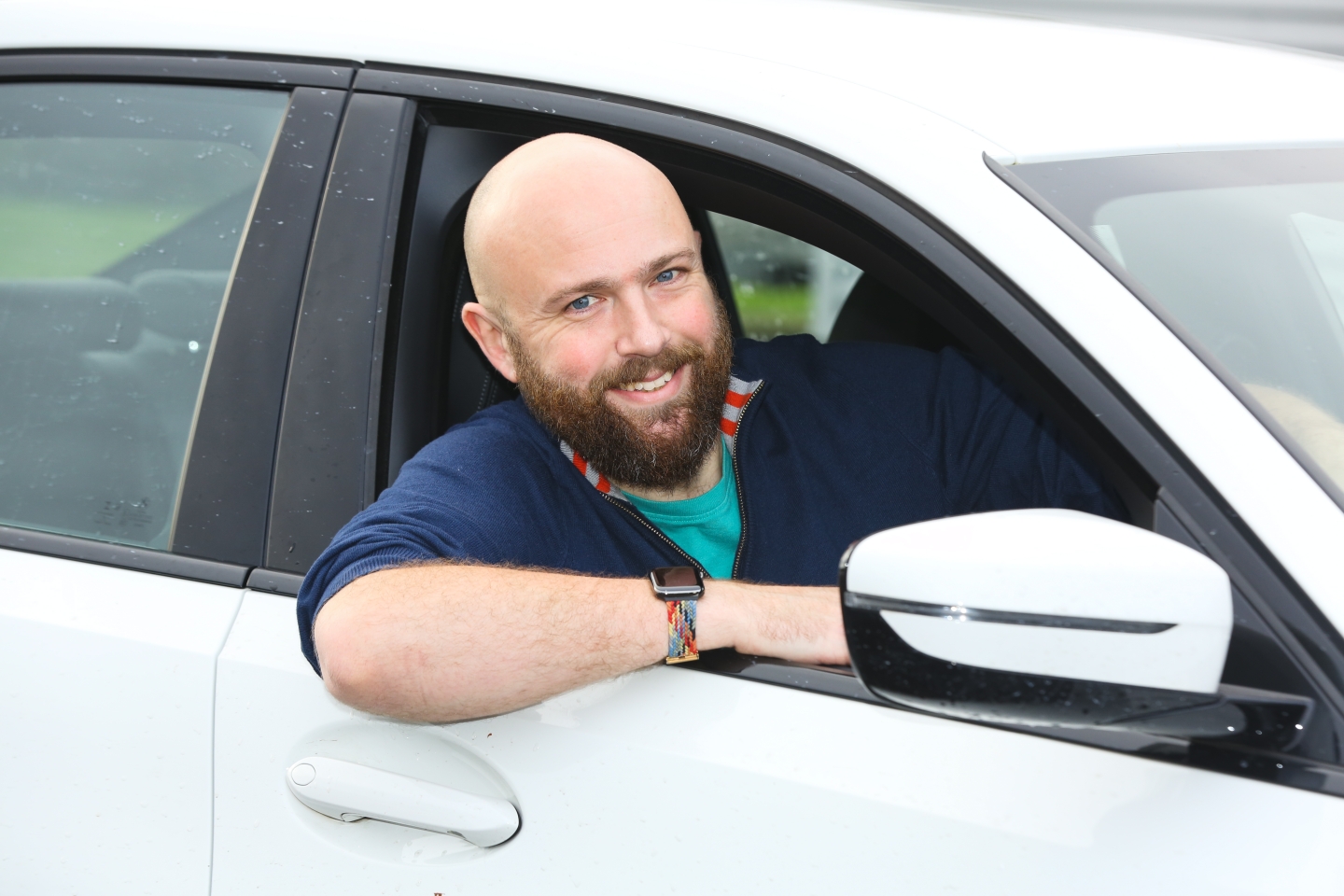Every new car has to meet strict safety standards – read on to find out what a Euro NCAP score is, how it's calculated and which cars are safest.
There's no doubt that the latest cars are the safest cars that have ever existed – but that didn't happen by accident (pardon the pun). In Europe, improvements in car safety have been driven by Euro NCAP – an organisation responsible for crash-testing and rating most modern production cars to give them a star rating. In this article we'll explain the crash-test process and also the ratings.
What is Euro NCAP?
Euro NCAP is the European New Car Assessment Programme – an organisation based in Leuven in Belgium (also the home of Stella Artois), which has been crash-testing cars since 1997 to rate each vehicle out of five. Car manufacturers aren't legally required to have their cars crash-tested and rated by Euro NCAP – participation is voluntary – but most mass-market manufacturers take part, and Euro NCAP will usually smash up to four cars to rate that model.
Euro NCAP makes a big deal about transparency, so they tend to buy the crash-test cars anonymously from dealers if the car is already on sale. If it isn't on sale yet, they will pick random cars from the production line in the early stage of the car's manufacture.
What are Euro NCAP safety ratings and what do they mean?
Each car is given a star rating out of five, with five being the safest. We'll get on to how the score is calculated, but the Euro NCAP ratings are designed for simple comparisons – so you can just look for each car's Euro NCAP rating on manufacturer websites or Euro NCAP's own website to get an idea of how safe a car is.
It's worth noting that the Euro NCAP test tends to get harder each year, so a five-star car from 2024 will be safer than a five-star car from 2019. Euro NCAP ratings expire after six years, and every year Euro NCAP will check with manufacturers that a car has the same amount of safety kit as when it was first tested. If the car is updated or facelifted, then Euro NCAP asks for details on how safety kit has changed. If the car's substantially changed, this will be noted alongside the score on the Euro NCAP website.
A good example of how the Euro NCAP testing has developed is the Renault Zoe. When it was first tested in 2013 it scored a full five-star Euro NCAP rating. Then when it was tested again in 2021, it scored zero stars – mostly because the test had moved on significantly and expected more active safety technology and more airbags.
How are Euro NCAP safety ratings calculated?

A car's overall Euro NCAP rating is the result of tests in four areas: adult occupant protection, child occupant protection, pedestrian protection and safety assistance technology. Cars are given a percentage score in each of the four areas, although Euro NCAP doesn't share its exact scoring methodology. It's worth noting that a poor score in one area can easily reduce its overall star rating, even if it's exceptional in the other three areas.
Here's a bit more detail on each area of the Euro NCAP safety rating:
Adult occupant protection
This test looks at front and side impacts, as well as rear-end whiplash tests using adult crash-test dummies. It also looks at how easy it is to extricate a victim from a car crash, including the force needed to unlatch a seatbelt and open a door after a shunt. The side impact also includes a pole impact, to simulate spearing off the road and crunching into a telegraph pole. Ouch.
Child occupant protection
The child occupant crash test looks at the protection a child receives in front and side impacts. This test uses dummies that represent six and 10-year-old children. From 2023, the test also awarded points to cars that alert the driver when a child is left in a car, the idea being to reduce child deaths in hot cars. Euro NCAP boffins also award points if a wide range of child seats can be fitted to the car.
Vulnerable road user (pedestrian) protection
Euro NCAP also tests how well a car caters for pedestrians and cyclists who are unlucky enough to be hit. This includes measuring the head and pelvis impact forces against a pedestrian crash-test dummy, while also checking that a car's automatic emergency braking systems detect pedestrians, cyclists and motorcyclists. In 2023 Euro NCAP added a 'cyclist dooring prevention' test. This tests systems that either tell occupants not to open their doors if a cyclist is coming past, or even physically stop you opening the door in the same situation.
Safety assist systems
Modern cars are littered with electronic systems designed to boost safety, and this part of the test adds points for each system. The systems tested by Euro NCAP include lane assist, speed assist (including warning bongs when you break the speed limit – standard in all 2024-onward cars), as well as automatic emergency braking and driver alertness monitoring systems.
How important is the Euro NCAP rating?
While you may think that the NCAP rating is the be-all and end-all for choosing your next car, it’s worth remembering that car makers adhere to a strict set of principles when designing their new vehicles. So although you may see a car with a three-star rating and another with a five, it doesn’t mean the former is ‘unsafe,’ just that its five-star counterpart is even safer.
How safe is my car?
The easiest way to find out is to search for your car on Euro NCAP's website, which has a full archive of crash-test results, including photos and videos of each crash test.
Read our guide to some of the safest nearly new family cars you can buy.

































